Both Cooper’s and sharp-shinned hawks are fast-flying forest hawks that speed through woodlands and leafy residential areas. These hawks have rounded wings and a long tail to help themselves acrobatically avoid branches as they quickly navigate through the trees and shrubs. We often only catch glimpses of them as they fly past.
Cooper’s hawks seem to be more abundant. On Nov. 5, Matt Pelikan saw one at Long Point. Margaret Curtin and Greg Palermo find them along School street in Edgartown every now and then and on Nov. 10 they inadvertently scared up a Cooper’s on the grounds of the Dr. Fisher House. Cynthia Blomquist and Thaw Malin see them regularly as they hunt for birds at their feeders. Anne Whiting reports that she sees one regularly at Farm Neck.
There were four sightings on Nov. 12: Luanne Johnson saw one at Crystal Lake, Susan Whiting observed an immature Cooper’s at Squibnocket, Matt Pelikan found a different immature Cooper’s near Crackatuxet Cove, Shea Fee saw one near downtown Oak Bluffs and David Padulo spotted a third immature as it flew over Main street in Vineyard Haven. That totals 10 sightings across the island in November.
So far this month, there have been six sightings of sharp-shinned hawks across the Island. Charles Morano saw one at the Gay Head Cliffs on Nov. 4, I observed one at the head of Lake Tashmoo on Nov. 6. Cynthia Blomquist and Thaw Malin found one at home on Nov. 9, Charles Morano found another at Chilmark Pond, while Penny Uhlendorf quickly viewed one as it rapidly flew across the entrance road at Felix Neck on Nov. 13. Susan Whiting reports one on Old Fields Path being harassed by an American crow. Matt Born saw one on Nov. 14 at Squibnocket.
The Raptor Population Index Project has studied migration counts over the past 10 to 20 years and found that sharp-shinned hawks have declined at almost 50 per cent of count sites, the greatest decline of all species studied. Christmas Bird Count trends indicate declines of wintering sharp-shinned hawks in the east and the species is listed as imperiled in Massachusetts.
These findings contrast to those of Cooper’s hawks, whose populations are mostly stable — although 13 sites in the northeast U.S. show stable populations, two show increasing populations and eight show declines.
Black-legged kittiwakes are a new species observed this year. They spend most of their time over the ocean and are seldom seen from the Island. The first sighting was from Nov. 9, when Lanny McDowell observed one rounding East Chop and heading south or east. Then the strong southern and southwesterly winds of November 12 — from post-tropical cyclone Nicole — brought multiple sightings from up-Island. Charles Morano found 11 off Squibnocket Bach; David Padulo observed three from Moshup Trail; Matt Born counted 75 near Moshup Beach; and Bob Shriber documented 224 from the Gay Head Cliffs. These observers also reported northern gannets offshore, which were easy to identify because of their larger size, but good optics were needed to identify the gulls (Bonaparte’s, herring, laughing and lesser black-backed).
Snow buntings are a new species for the season. Carol Arrowsmith found six feeding on the dune side of the beach at Wilfred’s Pond on Nov. 12. This species should remain here through the winter.
Large flocks of crows are also in the news. On Nov. 10, Gus Ben David estimated that a flock of 500 to 800 fish crows flew over the Vineyard Haven Steamship Authority parking lot at 11:30 a.m., saying that “they just kept coming and coming!” Then, driving toward Oak Bluffs, he encountered a scene that could have been from Hitchcock’s film The Birds, as many of the fish crows were perched along the wires on Beach Road. He points out that fish crows will perch on the wires while American crows will perch on telephone poles but not on the wires.
Two days later I watched as a flock of at least 250 American crows noisily flew over my Vineyard Haven house. I could hear their caw-ing from inside my house! Speaking of corvids, Matt Pelikan and Shea Fee both saw a couple of ravens at Katama on Nov. 12.
Gus Ben David also reports that eastern bluebirds showed up on Nov. 10, as did a female wood duck that appeared in his ponds, and that he watched a peregrine falcon unsuccessfully chase his pigeons. He knows of two breeding pairs of turkey vultures nesting successfully on Chappaquiddick.
Matt Pelikan spotted a flock of 12 palm warblers near the right fork on Nov. 12, and David Padulo saw the flock again the next day. A northern harrier was found at Katama on Nov. 8 by Jeff Bernier. David Padulo spotted a murmuration of starlings flying hither and yon at Katama Farm while John Schillinger observed a similar flock being chased by a curious merlin near the hospital on Nov. 13.
On Nov. 12 I watched lots of red-throated loons – at least 10 — flying around at Menemsha Bight. Elsewhere in Chilmark, Diane Lucey saw a bald eagle flying along the north shore on Nov. 11. Martha Moore observed a pair of bald eagles on the Long Point osprey pole on Nov. 13.
Marie Larsen has had a leucistic house sparrow visiting her feeders this past week, possibly the same bird that Lanny McDowell and Bob Shriber spotted in Aquinnah two weeks ago. On Nov. 12 Patricia Donovan spotted eight wood ducks at Cranberry Acres and a pair of ring-necked ducks swimming with the hooded mergansers at Crystal Lake.
Finally, please remember that the Felix Neck Fall Festival is on Friday, Nov. 25. There will be all sorts of nature events that day, including a bird walk led by yours truly. Come on out and enjoy the day!
Please email your sightings to birds@mvgazette.com.
Robert Culbert is an ecological consultant with Nature Watch LLC living in Vineyard Haven.

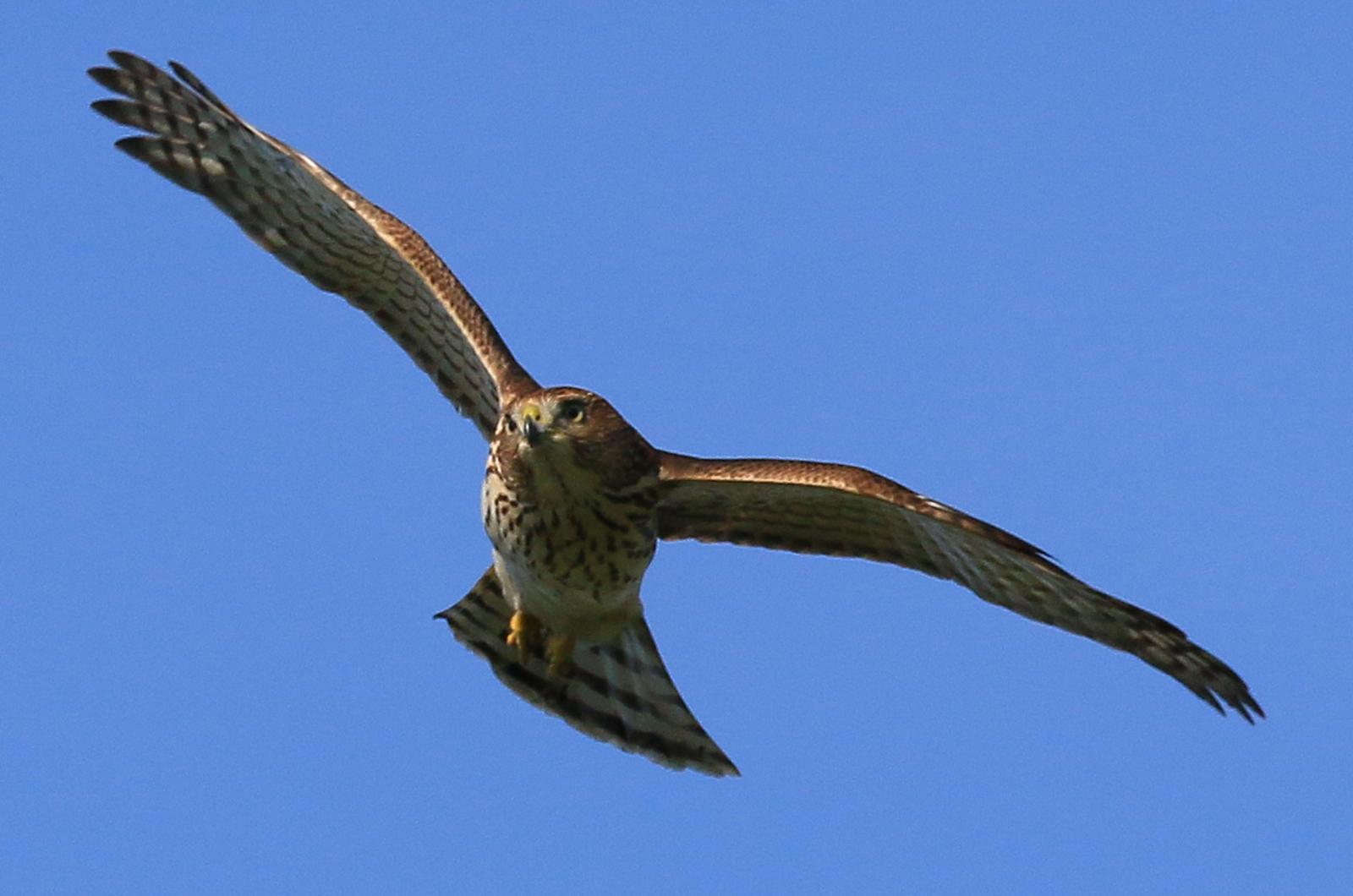
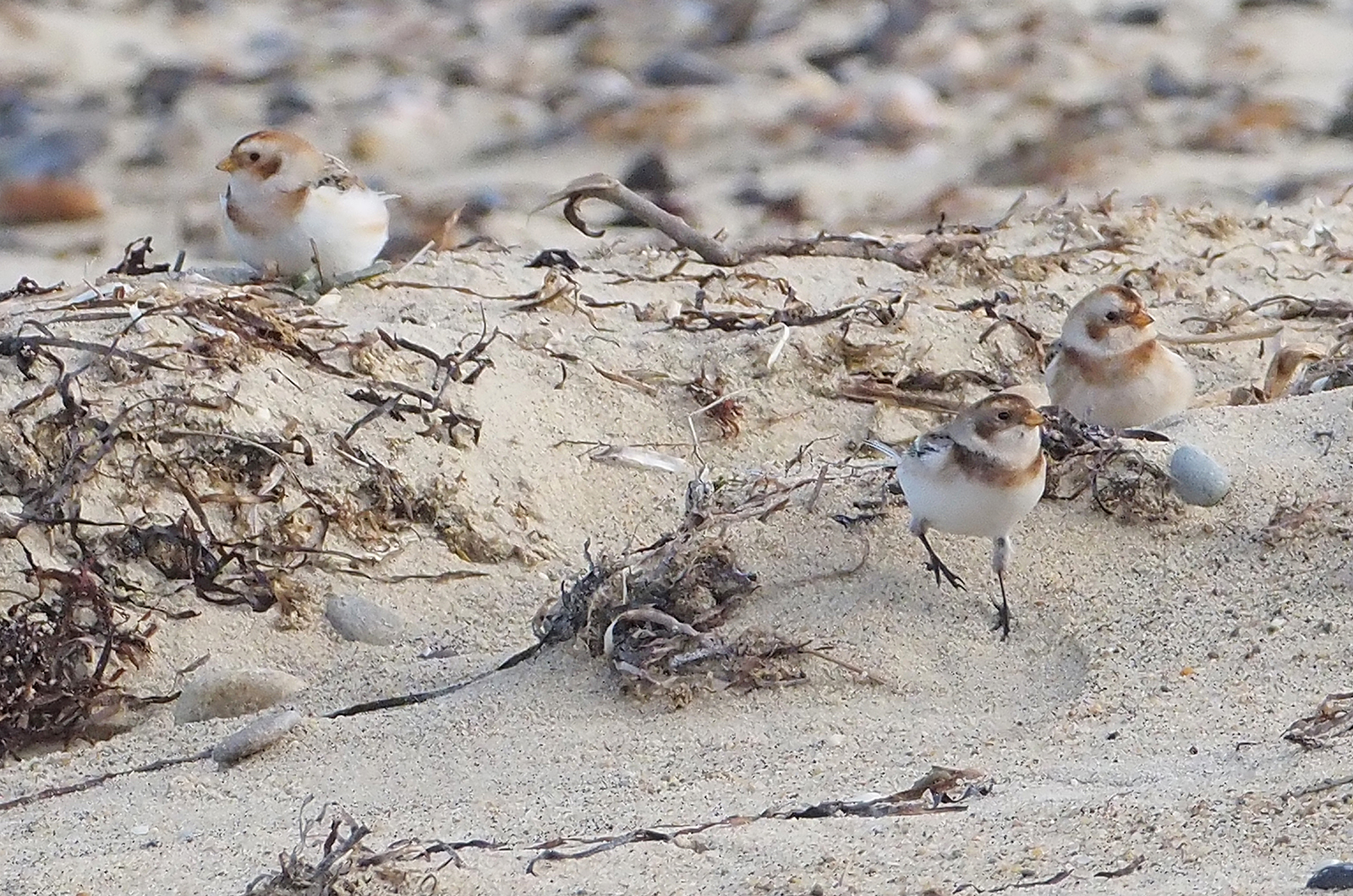

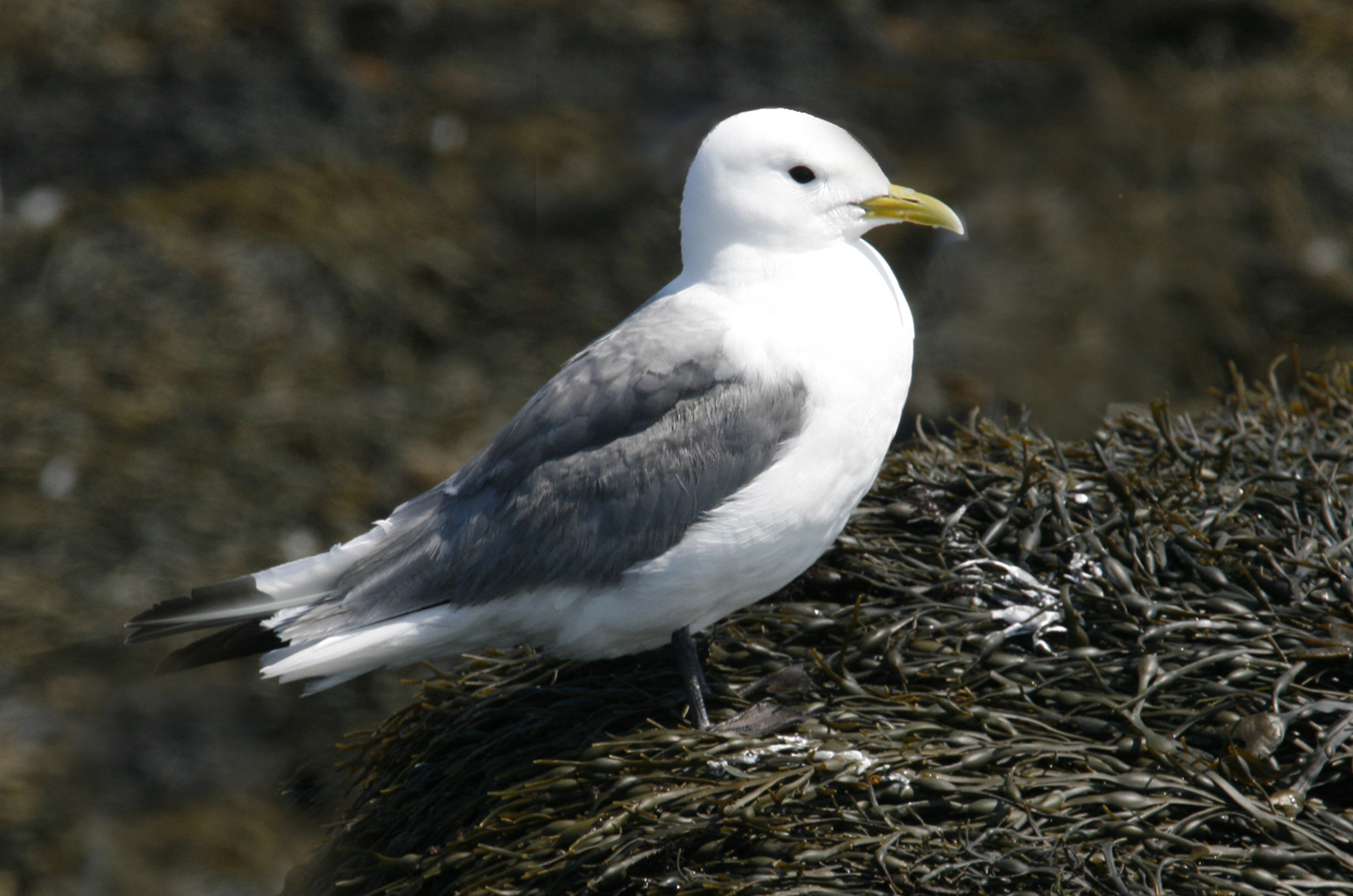
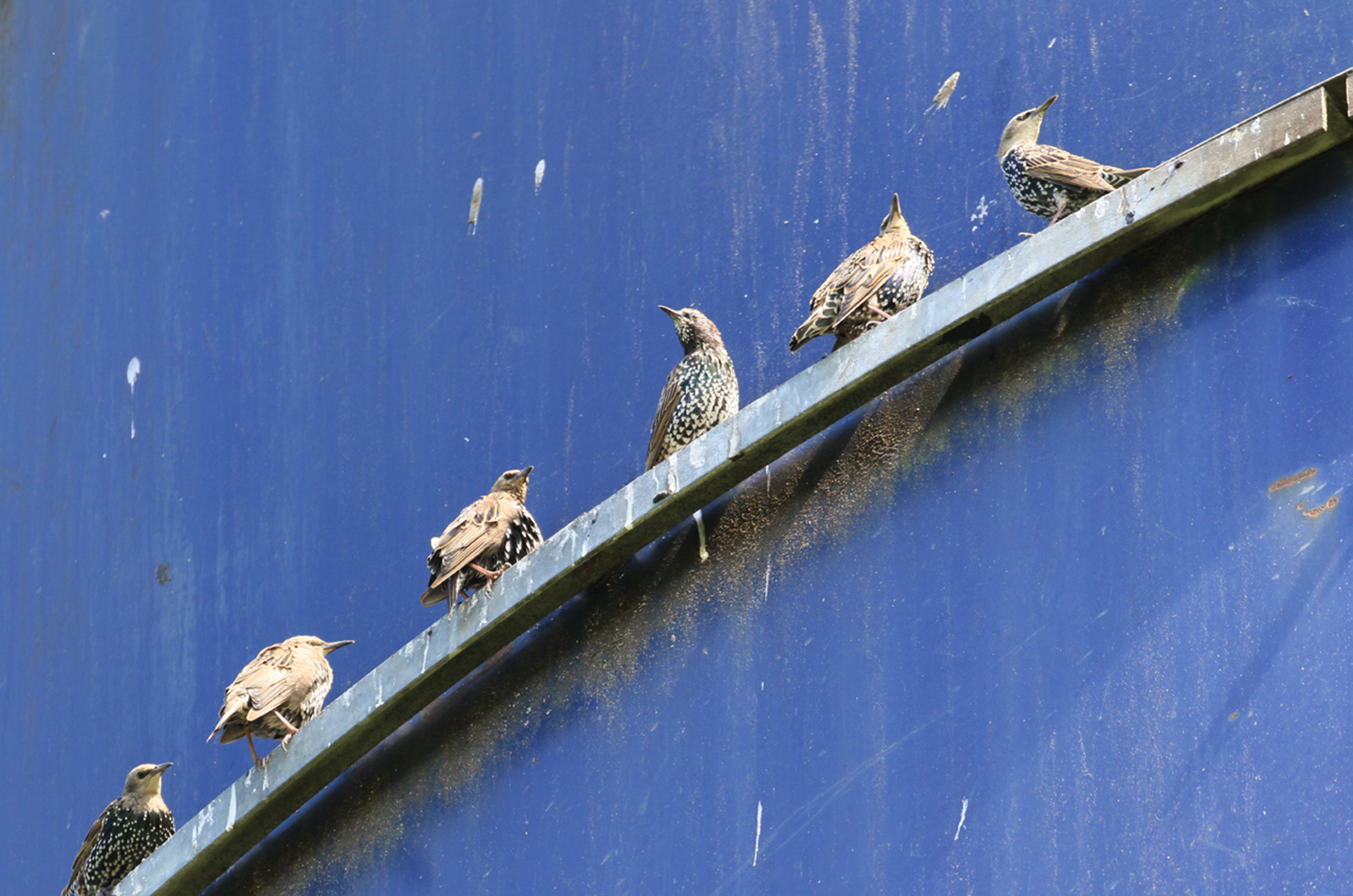
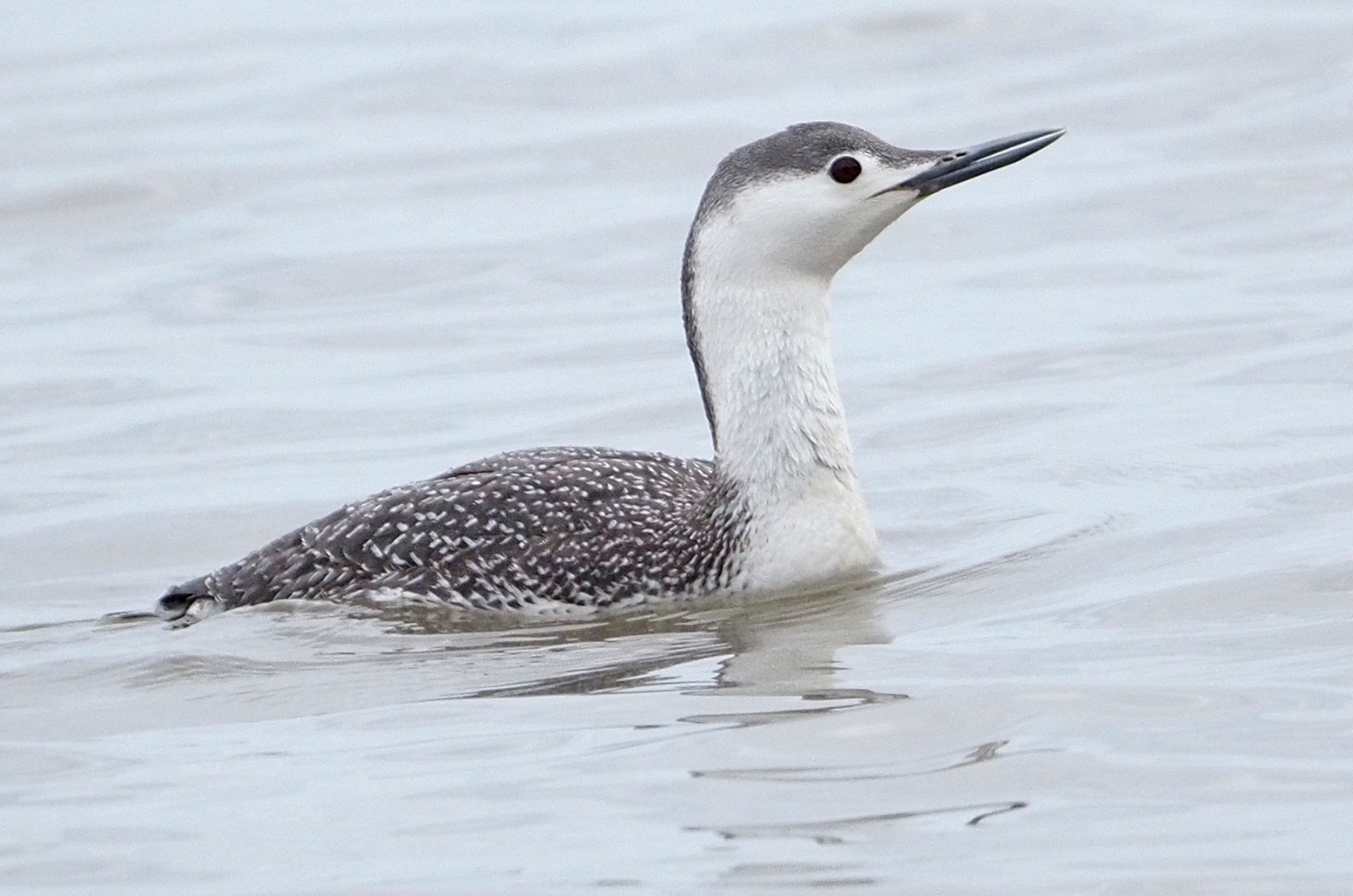





Comments
Comment policy »